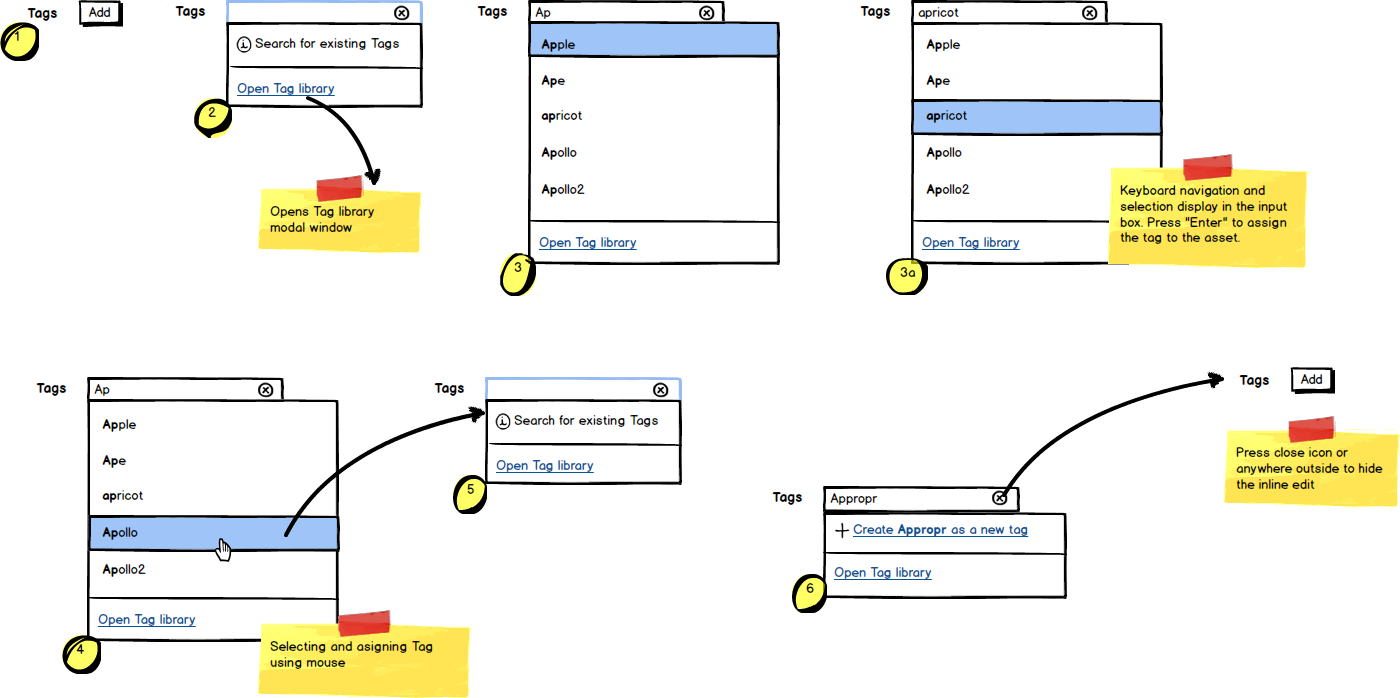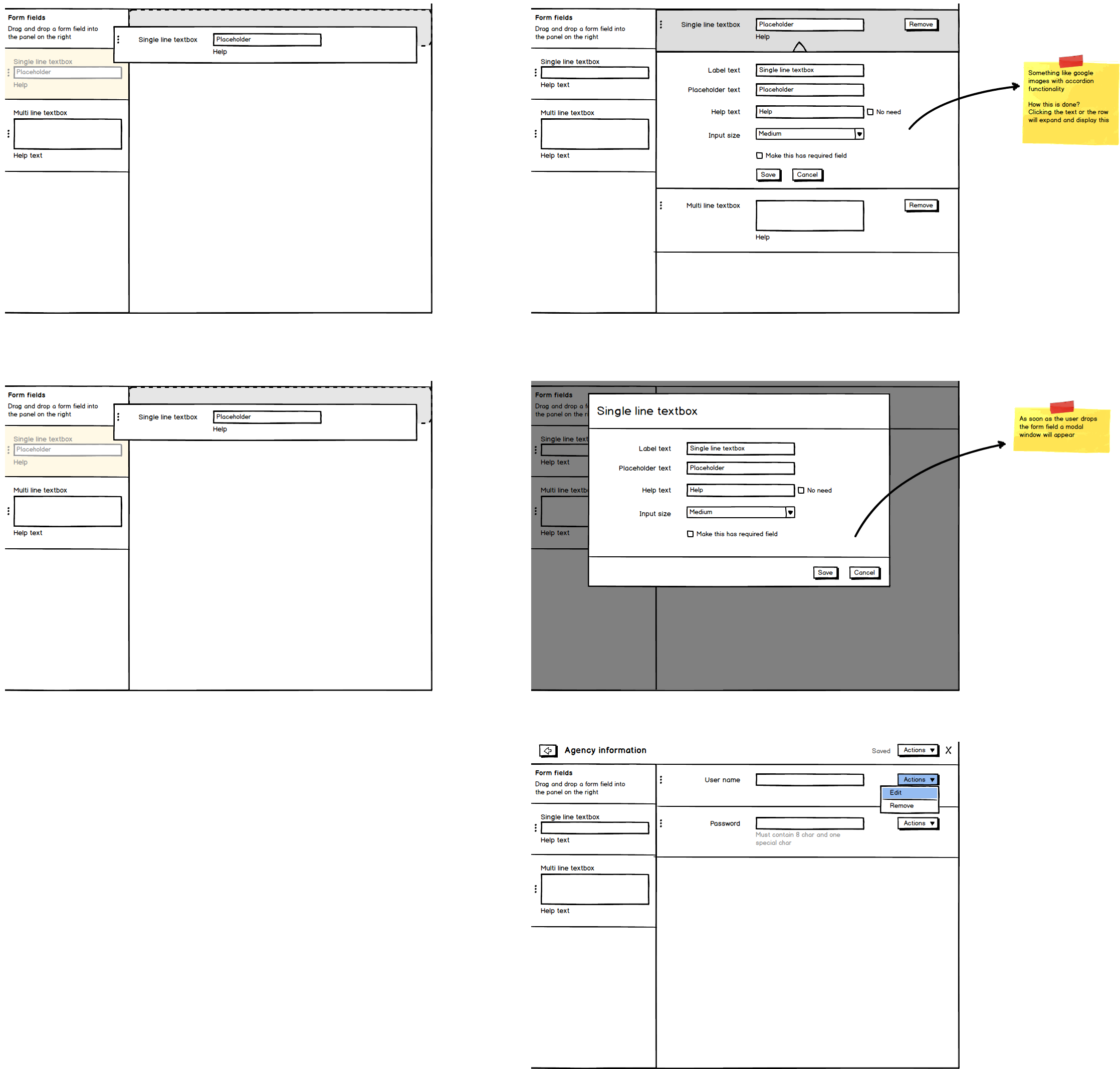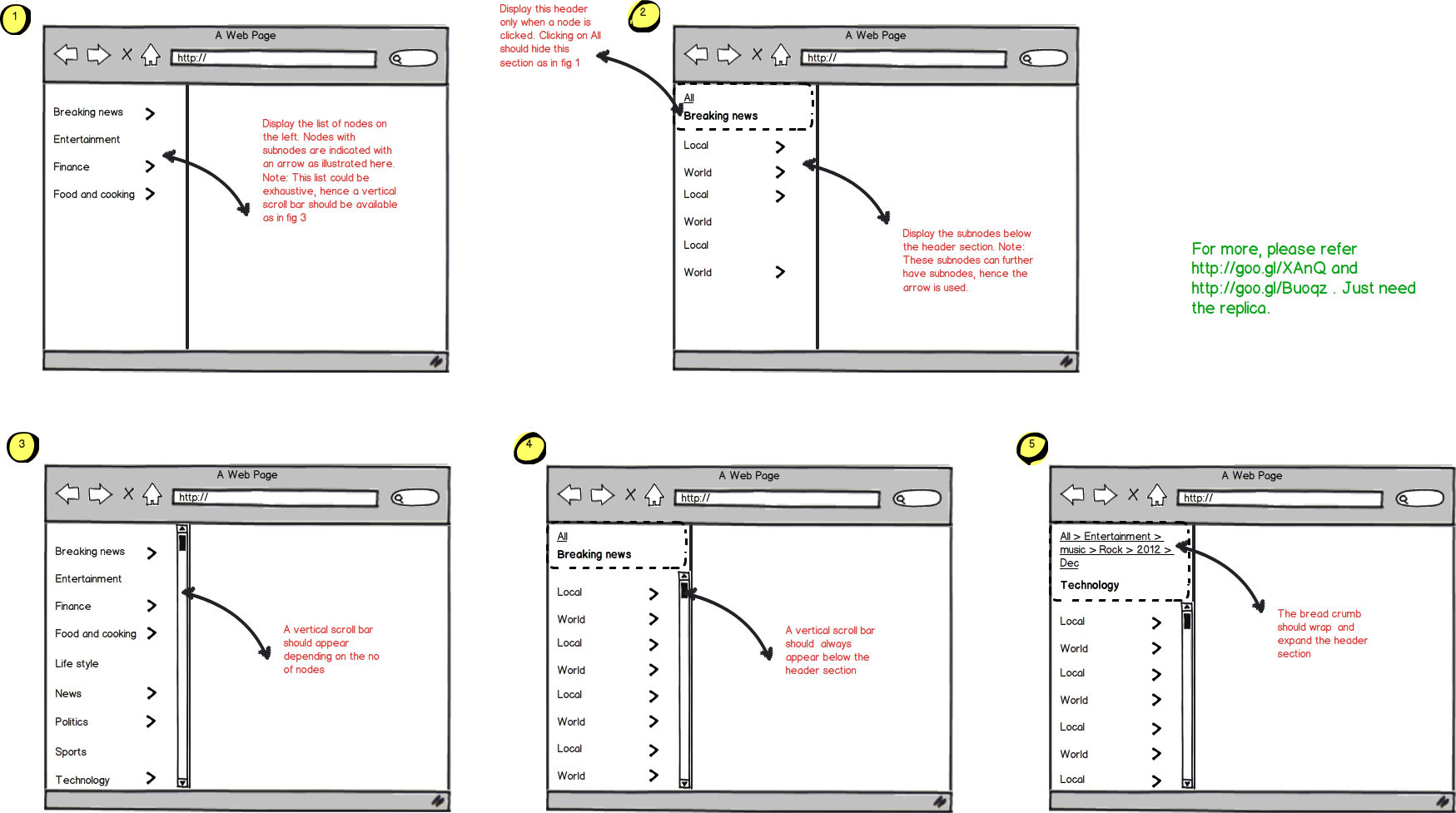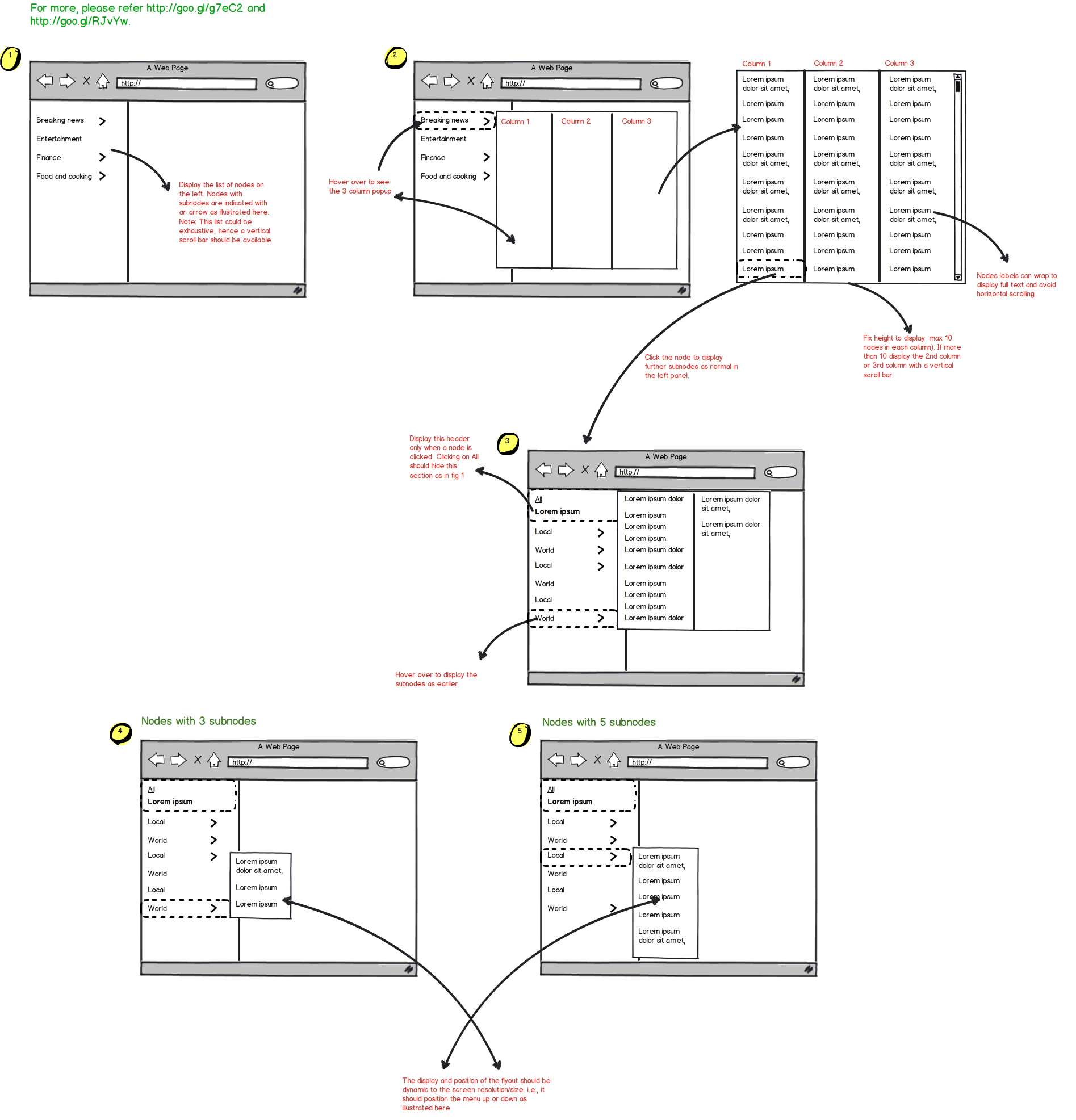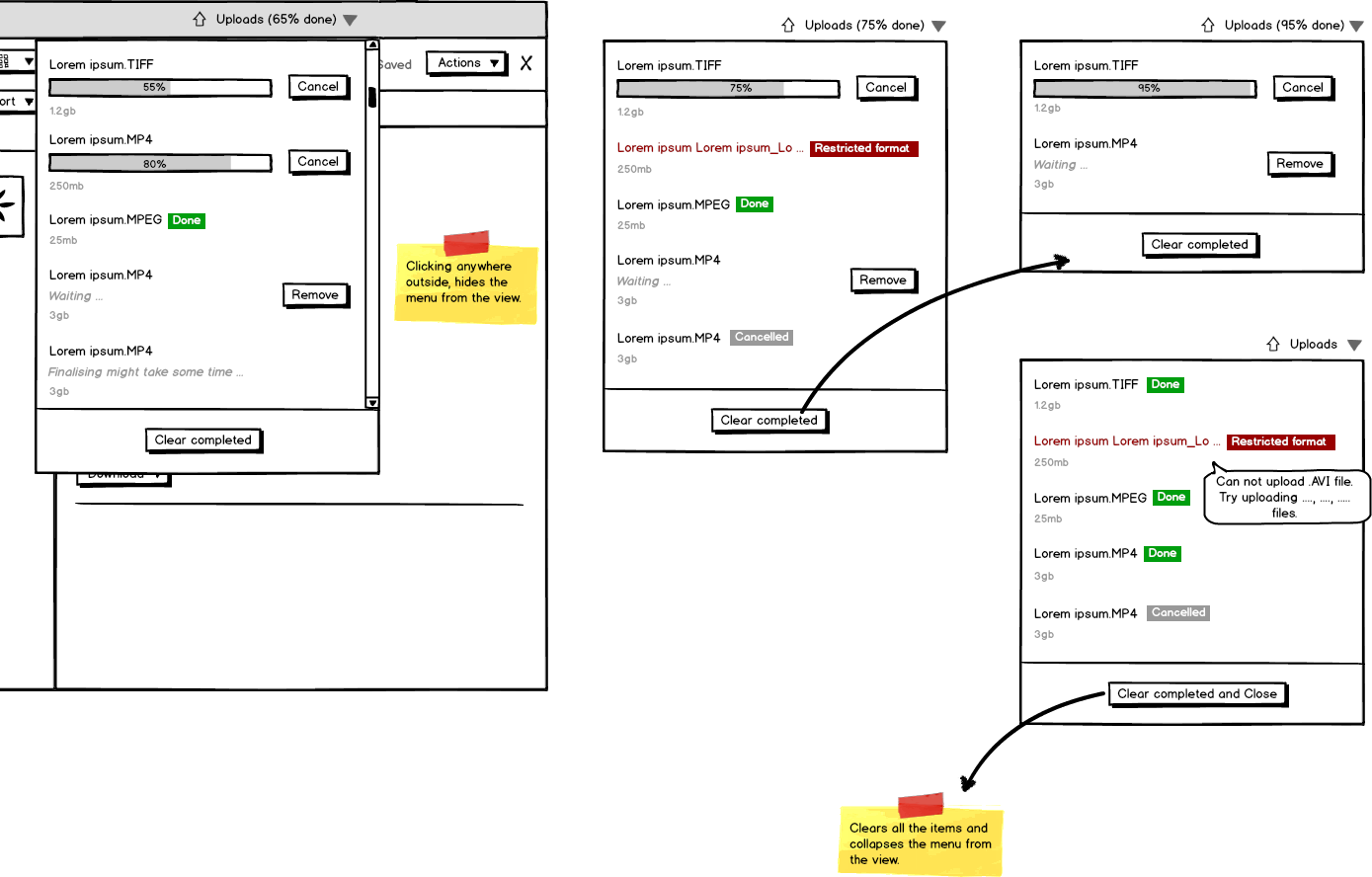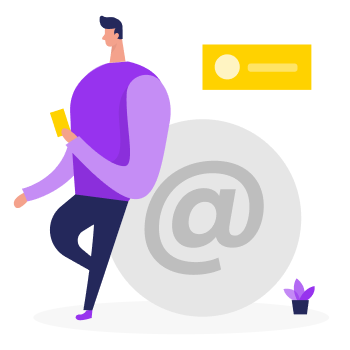At Tag, I worked with a small, dynamic UX team on user research
and testing, under the guidance of a UX lead. I collaborated with
product owners, developers, and QA professionals in an agile
environment, focusing on creating a cohesive user experience
strategy across all applications to ensure a consistent look and
feel.
As a User Experience Designer, my role involved a multifaceted
approach to creating user-centric solutions that prioritized
usability and visual appeal. My responsibilities included:
-

Exploratory Design
I played an instrumental role in shaping
the design process by collaborating closely with the UX team.
This involvement included facilitating brainstorming sessions
aimed at generating innovative ideas and concepts. To better
understand user needs and behaviors, I conducted in-depth
interviews with diverse user groups, gathering valuable
insights that informed our design direction. Once initial
ideas were conceptualized, I developed prototypes that served
as tangible representations of our concepts. These prototypes
were subjected to thorough user testing, allowing us to gather
feedback and make iterative refinements based on actual user
interactions. This cycle of prototyping and testing was
essential in creating designs that truly resonate with users
and meet their needs effectively.
-

Agile Collaboration
My engagement with the UX team extended
into the Agile development framework, where I actively
participated in various ceremonies such as sprint reviews and
planning sessions. In these collaborative environments, I
contributed to the refinement of our backlog, ensuring that
tasks were appropriately prioritized in alignment with project
goals. This dynamic collaboration was essential for
facilitating seamless development processes and ensuring that
design efforts were effectively integrated with development
timelines.
-

Specification Development
Working hand-in-hand with my UX
colleagues, I took the lead in crafting detailed design
specifications that served as a blueprint for developers. This
involved articulating design intent, user flows, and
interaction details to provide clear guidance during the
implementation phase. Throughout this process, I maintained
continuous communication with developers and product managers
to ensure that every aspect of our design vision was
accurately understood and executed. This alignment was crucial
for meeting design goals and ensuring that the final product
reflected our user-centered objectives.
-

Quality Assurance
To ensure the highest quality of user
experience, I conducted rigorous UI and functional testing in
collaboration with the UX team. This involved systematically
evaluating our designs against a set of defined usability
criteria to identify any areas for improvement. During this
phase, I meticulously documented any bugs or issues
encountered, using JIRA as a tracking tool to facilitate
efficient resolution. By addressing these issues promptly, we
ensured that our final deliverables met the highest standards
of quality and provided a satisfying user experience.
Overall, my role encompassed a comprehensive approach to User
Experience design, from initial exploration to final
implementation, ensuring that each step was infused with user
insights and collaborative spirit. Also, taking on this role
presents an exhilarating challenge due to its focus on
responsiveness and device-agnostic design principles. Tag led the
development of two key applications: Marketing Resource Management
(MRM) and Digital Asset Management (DAM), which have been widely
embraced by prominent clients such as Intel, Hilton, H&M, Jaguar
Land Rover, Tesco, and others. These applications primarily serve
a varied user group that includes project managers, account
directors, account executives, and external design agencies,
facilitating seamless collaboration, assignment, and management of
brand identities. In this fast-paced setting, my responsibilities
mainly involved producing essential assets like wireframes, visual
designs, prototypes, and detailed documentation. To realize these
creations, I utilized a range of tools, including Axure,
Fireworks, Balsamiq, and PowerPoint.



